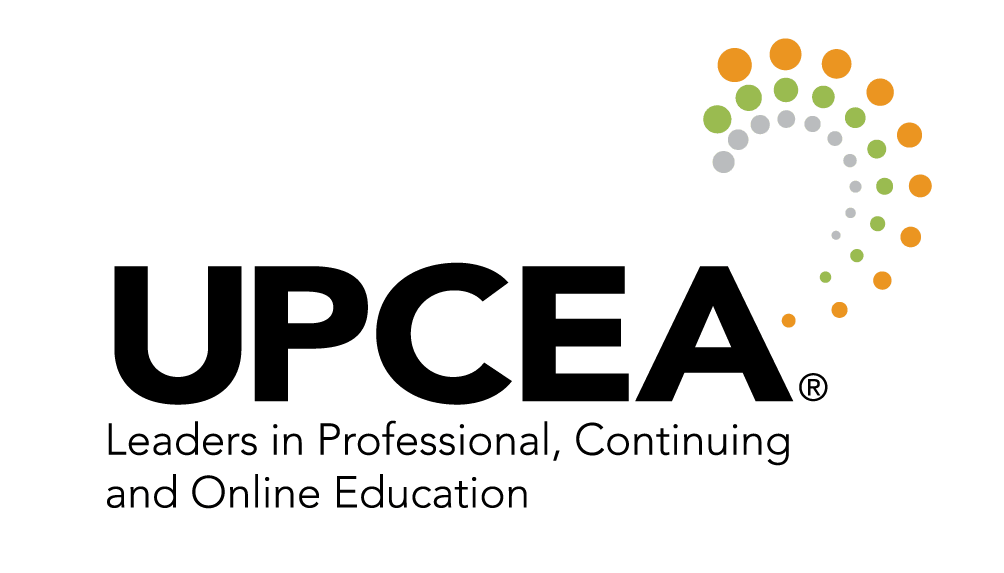How to Get Financial Aid for Continuing Education
- Almost all degrees at accredited institutions qualify for federal aid, but certificates may not.
- Part-time and online learning allows you to continue working while you study.
- Many schools offer payment plans that make costs more manageable and help reduce reliance on loans.
- Exhaust all other possible sources of funding before considering loans.
Continuing your education can advance your career options, but high college costs might make that goal seem out of reach. However, there are financial aid options for continuing education and other methods of paying for classes.
Continuing education can take many forms, including short certificate programs and full degree pathways. Generally, to see if you qualify for financial aid, you’ll need to fill out the Free Application for Federal Student Aid (FAFSA).
This guide explains the various options that can help you finance your continuing education and professional development.
How Much Does Continuing Education Cost?
To truly understand how continuing education will impact you financially, you must consider two key factors: the type of program you want to enroll in and the expected return on your educational investment.
Financial Aid for a Postsecondary Degree
A postsecondary degree program can include anything from finishing an undergraduate degree to graduate school.
Financial aid options for postsecondary degree programs include:
Financial Aid for a Certificate Program
Certificate programs are generally shorter than degree programs, but your financial aid options may be slightly more limited. Federal financial aid covers some certificate programs, like trade and vocational education and healthcare courses.
To get financial aid for a certificate program, the school you attend must be accredited and recognized by the Department of Education. This includes online certificate programs.
Financial Aid for Continuing Education Units (CEUs)
Continuing education units (CEUs) are required courses for professionals with state licenses, such as teachers and nurses. CEUs typically don’t cost very much — from $10 to $30 per course.
If your employer doesn’t cover the cost, you’ll likely need to pay for your CEUs out of pocket.
Continuing Education Return on Investment
Tuition costs are only part of the story. Prospective students should also consider the quantitative and qualitative return on investment (ROI) they expect to receive by completing continuing education.
To calculate potential quantitative returns, consider your current salary and advancement potential. Compare those factors against your potential salary and the level you could reach with continuing education. Remember to extend your calculations out to cover not only the immediate future, but also the remainder of your working life.
Does your future salary make the cost of continuing education worth it?
8 Ways to Pay for Continuing Education
Paying for continuing education can pose challenges — especially when you’re working full-time. Here are some steps to make sure you’re exploring every financial aid avenue.
1. Evaluate Personal Finances
Begin by assessing your personal finances. If you have savings that you can use to fund your continuing education, it usually makes more long-term financial sense to dip into them than it does to take out a federal or private loan.
If you envision yourself returning to school in the next 5-10 years, you can also open a 529 educational savings account. These accounts offer tax benefits that carry over to all forms of postsecondary learning, including degree, certificate, and professional programs, as well as CEUs.
If you already opened a 529 account for another beneficiary, you can change the beneficiary to yourself and use the funds to pay for your schooling without penalty.
Brush up on your budgeting skills and consider enrolling part time or online. Attending evening, weekend, and online classes can allow you to keep your current job while you study, which can ease the financial strains of higher education.
2. Ask About Employer Tuition Assistance
Many employer tuition programs offer full or partial reimbursements for your tuition fees. Under U.S. laws, you can receive up to $5,250 in tax-free education benefits from your employer each year. However, some programs require that you remain employed by the company for a minimum period of time after completing your education.
Exact details vary among employers, so check with your human resources department for specifics. Even if no formally instituted program exists, you can always ask your manager or a human resources representative to see if your company might chip in anyway.
If the company views you as a valuable worker and a good investment, they may decide to help you if you make a strong case. Emphasize the benefits they will receive from your education and the value of the new skills you will learn.
If the company views you as a valuable worker and a good investment, they may decide to help you if you make a strong case. Emphasize the benefits they will receive from your education and the value of the new skills you will learn.
3. Look Into Free Online Courses
Free online courses offer significant benefits. You do not have to pay tuition fees, and most feature relatively light reading and assignment requirements that facilitate lower-stress, part-time study.
However, they also come with drawbacks. In most cases, they only offer an introductory, generalized, or high-level treatment of the subject matter under consideration, which can limit their professional utility. As such, they mainly appeal to learners seeking relatively casual engagement with a subject.
Most free courses do not offer any formal credentials upon completion, although some provide informal endorsements. In some cases, certificates of completion are available to learners if they pay a small fee.
4. Explore Tax Credits
Tax credits offer another effective way to ease the financial burden of continuing education. The lifetime learning credit (LLC) is one popular option.
Learners can apply the LLC toward any eligible undergraduate, graduate, or professional degree or any coursework related to the acquisition or expansion of marketable job skills. You can claim up to $2,000 per year in tax credits for an unlimited number of years.
LLC benefits extend to all qualified courses at approved institutions. You can claim the credit by obtaining a Form 1098-T statement from your school.
5. Apply for Financial Aid
Does financial aid cover certificate programs? Can you get federal loans to finance continuing education? Submitting the FAFSA offers a risk-free way to find out which federal financial aid programs you can access.
By turning in your FAFSA, the ED’s office of Federal Student Aid automatically assesses your eligibility for all available forms of government financial assistance, including grants and federal student loans for certificates and degrees. Grants offer immense value, as recipients do not need to repay them.
Continuing education students typically qualify for federal aid if they pursue degrees at accredited institutions.
6. Ask About Payment Plans
To accommodate students in need of financial flexibility, many postsecondary institutions offer payment plans that make it less difficult for learners to manage the costs of attendance. The best payment plans reduce reliance on student loans by making it easier to meet financial obligations.
Every payment plan works differently. At some institutions, you can only participate in structured payment plans that require you to pay your fees in regular, predetermined monthly instalments. Others offer more flexibility, where learners specify their budgets and work with advisors to calculate customized plans that work within those limitations.
Schools also maintain their own eligibility criteria. To learn more, contact the financial aid office at your prospective school and find out if they offer a payment plan.
7. Apply to Scholarships
Scholarships for certificate programs, degrees, and other forms of continuing education are an excellent financial aid option. Federal, state, and local governments offer scholarships, as do companies, professional organizations, and private charities and philanthropists. Many schools also administer scholarship programs internally.
Most scholarships use formal applications, which may require information about your educational background, academic achievement, and extracurricular activities. You may also need to demonstrate financial need and submit letters of recommendation.
Begin your hunt for scholarships by looking at institutional awards and then widen it with the help of online search engines.
Some scholarships are exclusively available to adult learners and other nontraditional students. You can learn more about those scholarships here.
8. Take Out a Student Loan
Student loans come in two main forms: federal student loans and private student loans.
Government-issued loans typically offer many advantages compared to private loans, including lower interest rates and flexible repayment policies. Many loans also provide a grace period before payments come due. Additionally, government loans offer deferment options and forbearance protections.
However, government loans do come with some restrictions. For example, you must attend an approved program to qualify. You must also hold U.S. citizenship or a current, valid, long-term resident visa.
If your program doesn’t qualify for federal loans, a private loan can be a good option to cover the costs.
Frequently Asked Questions About Financial Aid for Continuing Education
If you take continuing education classes to meet prerequisite requirements prior to pursuing a degree, you may qualify for limited forms of federal government assistance. Some professional development and certificate programs are eligible for federal financial aid, but many do not qualify.
The federal government administers Pell Grants through a need-based program and mainly reserves funding for undergraduate students pursuing degrees. However, private and philanthropic agencies, state education departments, and educational institutions typically offer continuing education grants and grants for certificate programs.
Some certificate programs are included on the U.S. Department of Education’s (ED) list of approved programs. However, students face limitations when seeking federal aid for non-degree programs that do not hold ED approval. As such, students in need of financing often turn to private student loans for certificate programs.





